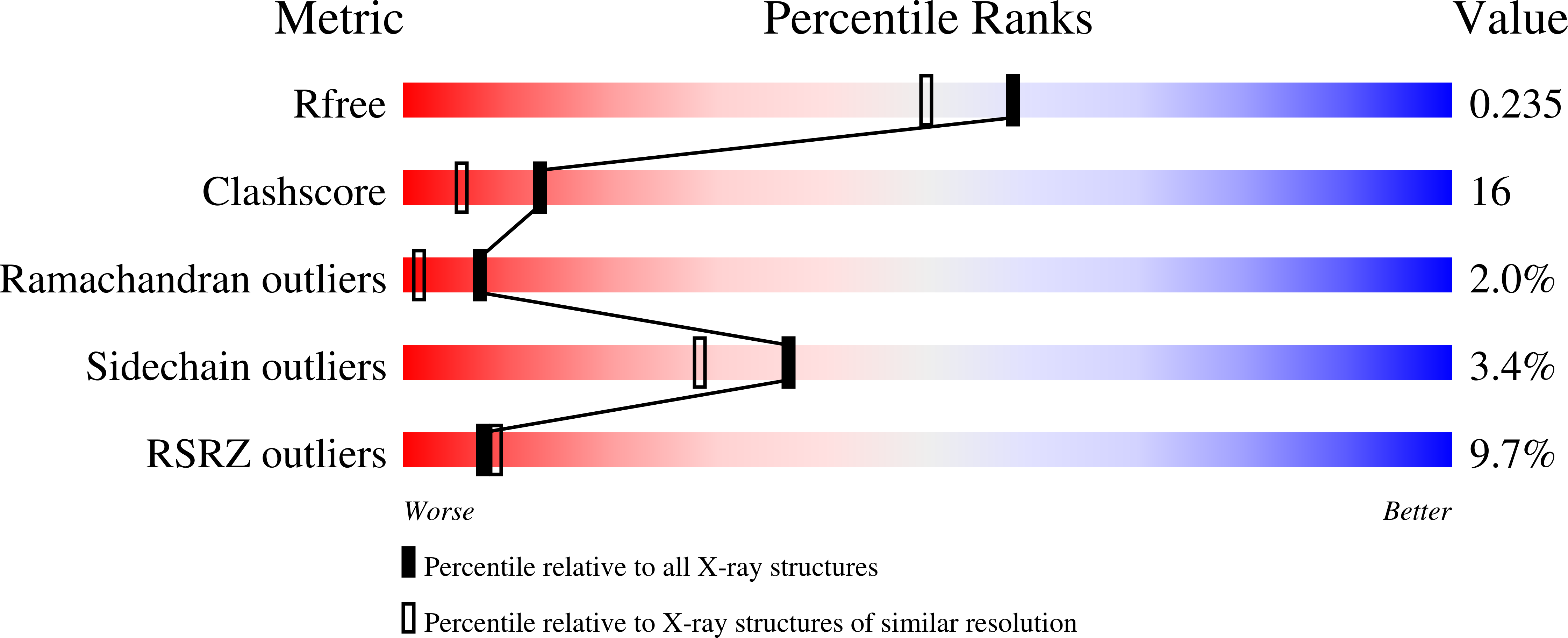
Deposition Date
2003-11-18
Release Date
2004-01-27
Last Version Date
2024-04-03
Entry Detail
PDB ID:
1RJ9
Keywords:
Title:
Structure of the heterodimer of the conserved GTPase domains of the Signal Recognition Particle (Ffh) and Its Receptor (FtsY)
Biological Source:
Source Organism:
Thermus aquaticus (Taxon ID: 271)
Host Organism:
Method Details:
Experimental Method:
Resolution:
1.90 Å
R-Value Free:
0.23
R-Value Work:
0.20
R-Value Observed:
0.23
Space Group:
P 21 21 21


